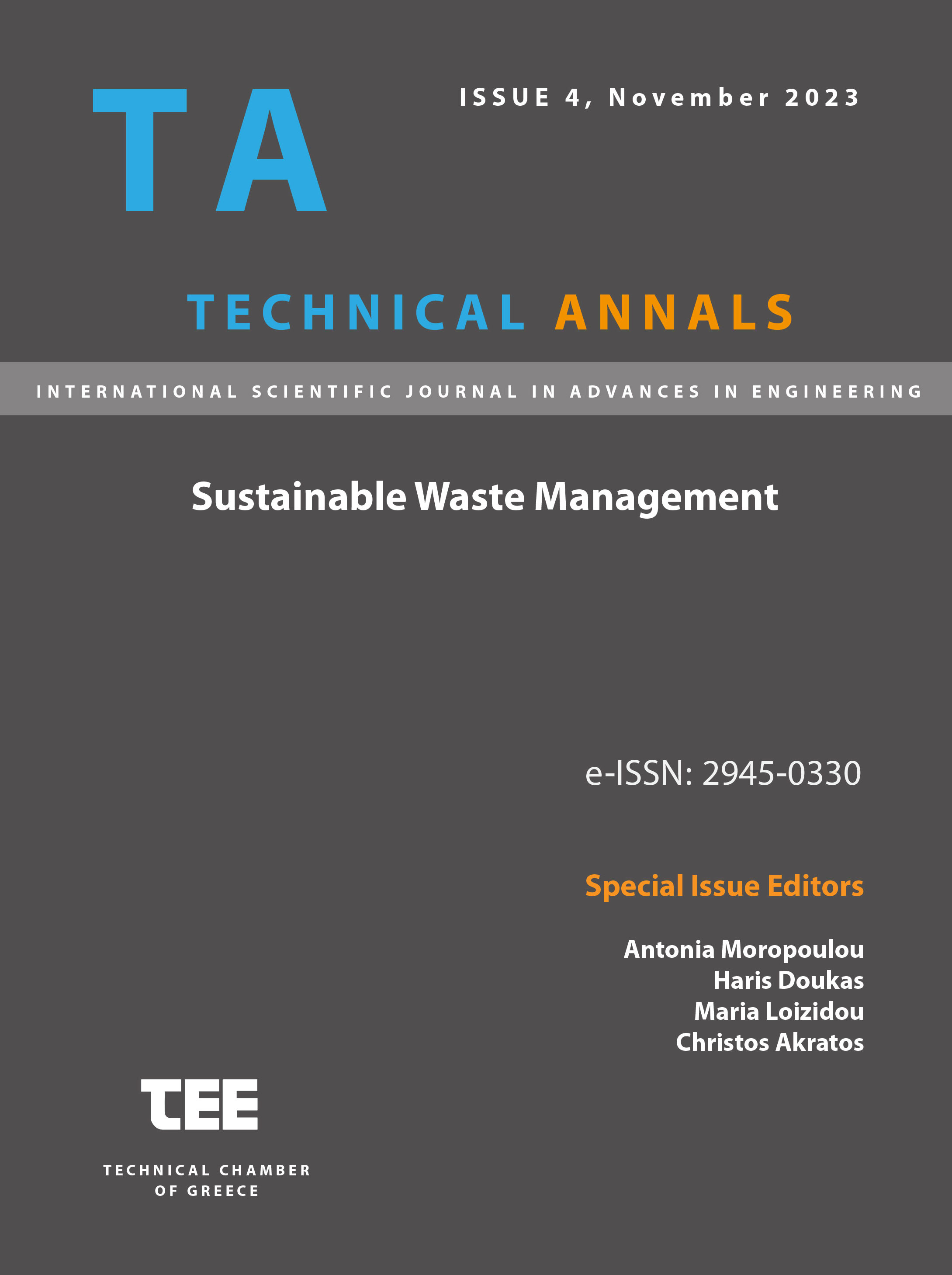Implementation of an activated sludge model to simulate Thriasio Wastewater Treatment Plant operation in West Attica, Greece

Abstract
In the last decades, the use of activated sludge mathematical models has proved to be a useful tool for the simulation of either the design or performance of activated sludge systems in wastewater treatment plants (WWTPs). In this study, Activated Sludge SΙΜulation Model (ASIM) was used to verify operational performance and effluent characteristics of Thriasio WWTP, in conformity with 91/271 E.E.C, Urban Wastewater Treatment Directive (UWWTD) for discharge in a sensitive water body. Thriasio WWTP is located at a coastal site neighbouring Elefsina Bay in West Attica, Greece, and has a nominal capacity of 117,000 population equivalent (p.e.).
In this context, it was investigated whether the use of such a model could be a useful tool to verify operational performance and predict the effect of influent wastewater flows and loads variation on system behavior. The results indicated that such a prospective indeed exists, provided that plant specific data is obtained related to wastewater fractionation and biomass kinetics to enhance model application.
Article Details
- How to Cite
-
Fougias, E., & Kalaitzi, E. (2023). Implementation of an activated sludge model to simulate Thriasio Wastewater Treatment Plant operation in West Attica, Greece. Technical Annals, 1(4). https://doi.org/10.12681/ta.37055
- Section
- Sustainable Development

This work is licensed under a Creative Commons Attribution-NonCommercial-ShareAlike 4.0 International License.


